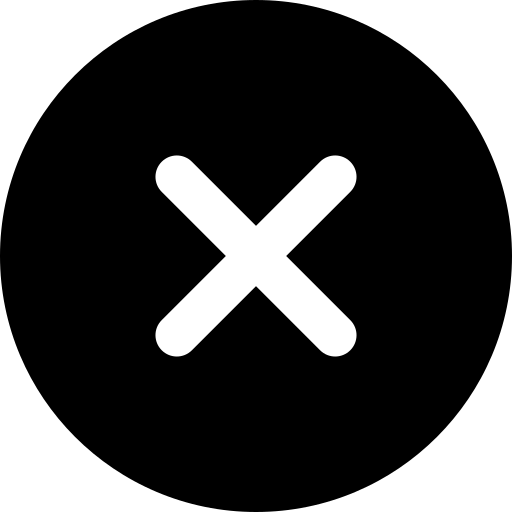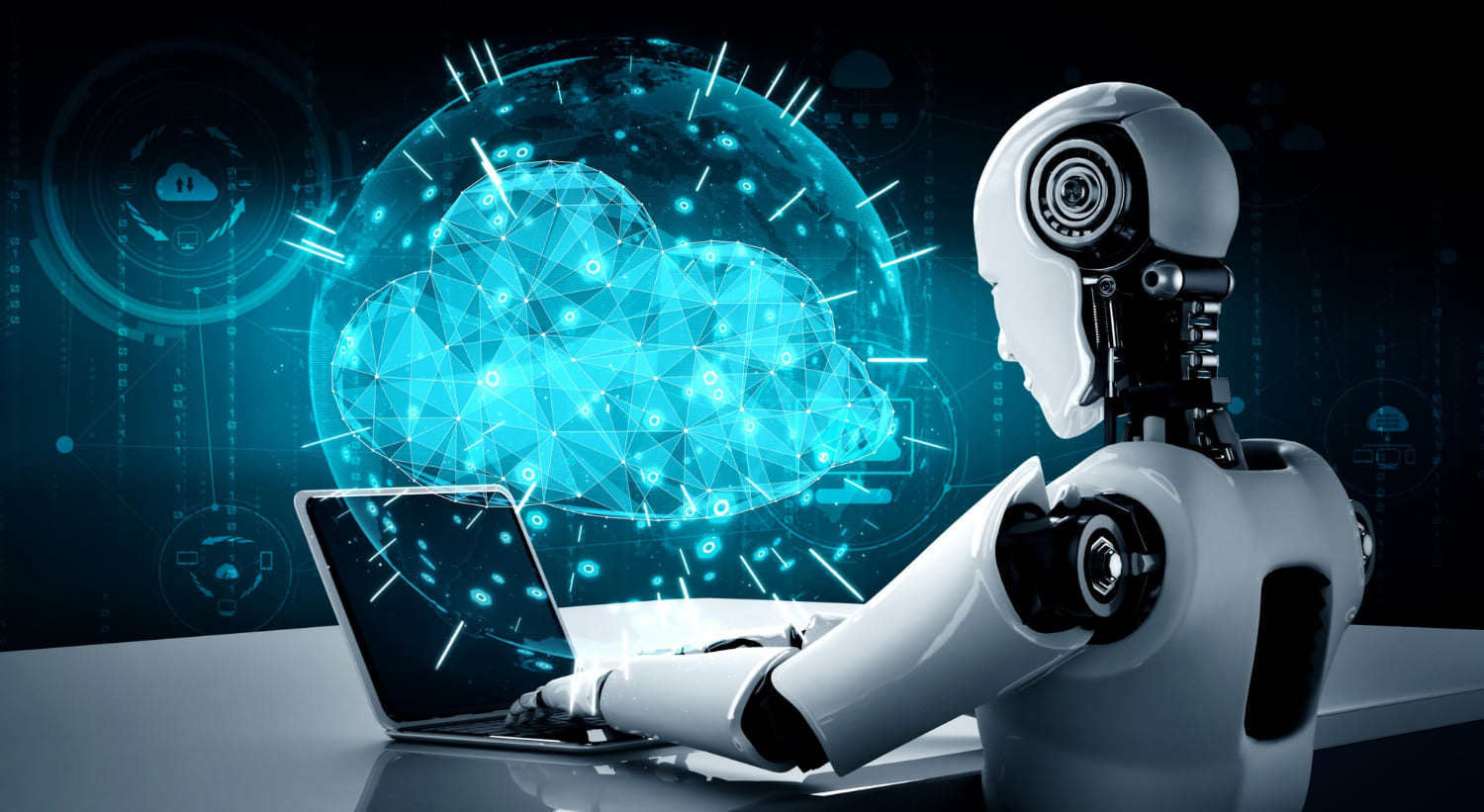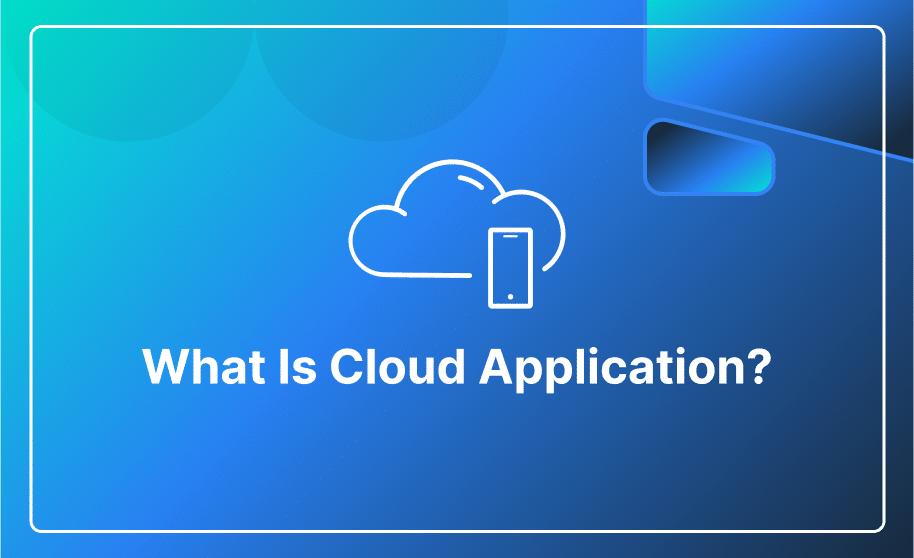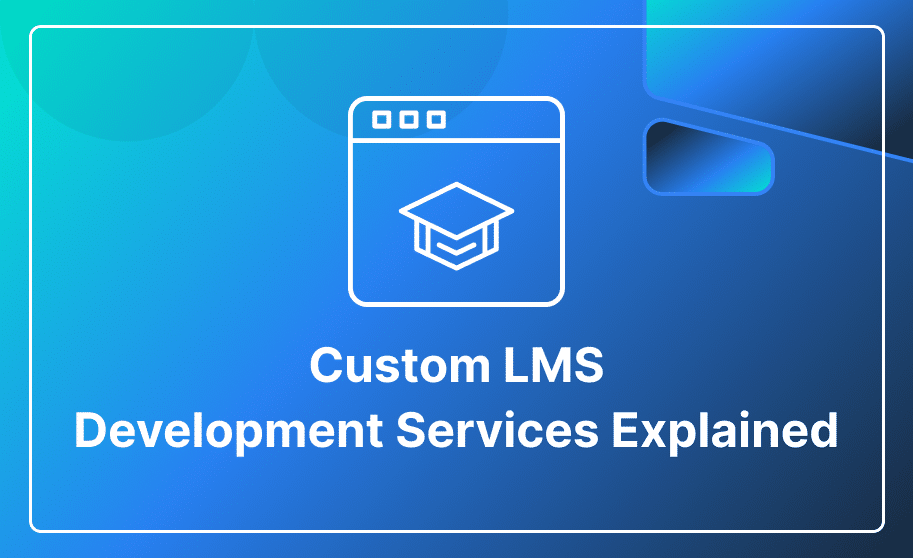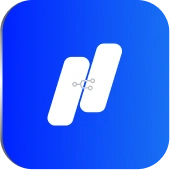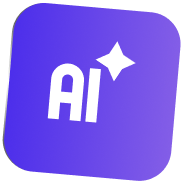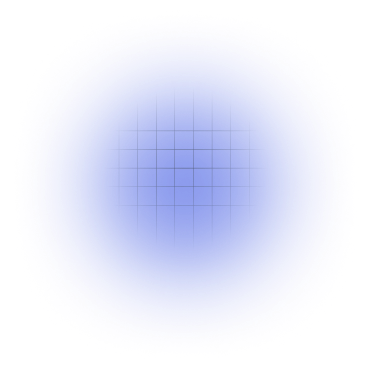Although telemedicine and remote medical devices have been around for almost two decades, their underlying technology has rapidly evolved, especially since the COVID-19 pandemic. Consequently, healthcare IT solutions have become increasingly important for IoT service providers, because of their crucial role in facilitating remote medical consultations. Businesses need to understand how current and future IoT technologies can improve healthcare systems’ ability to deliver secure and effective care.
According to Fortune Business Insights, the global Internet of Medical Things (IoMT) market will reach $187.60 billion by 2028, showing significant growth compared to its $41.17 billion valuation in 2020, a more than four-time increase.
In this blog, we will explore IoT in healthcare industry, its definition, benefits, challenges, and functionality.
Before moving forward, let’s have a quick overview of what does Internet of Things mean.
The term IoT, or Internet of Things, refers to a network of interconnected devices or objects that are embedded with sensors, software, and other technologies to collect and exchange data over the Internet to enable communication between devices and the cloud, as well as among the devices themselves.
What is the IoT in Healthcare?
IoT in healthcare refers to the combination of medical devices and software that communicate with healthcare IT systems via Internet computer networks. Through Wi-Fi-enabled medical devices, IoT facilitates machine-to-machine connections, setting the foundation for a streamlined data-sharing and analysis system.
In the 1990s, the first appearance of healthcare IoT was launched with the introduction of basic telehealth and remote patient monitoring technology. As technology evolved in the early 2000s, wearable health devices and smart medical equipment were on the rise due to the advancements in miniaturization and data analysis.
Benefits of the Internet of Things in Healthcare
The advantages of IoT in various fields are numerous, including healthcare. Some of the top benefits of IoT in healthcare are:
- Remote Medical Assistance:
Through online consultations and communications with interconnected devices, IoT facilitates remote medical assistance. It allows doctors and patients to engage in healthcare consultations without the need for in-person meetings. This is beneficial for Individuals facing mobility challenges or living in rural areas.
- Ongoing Monitoring and Alerts:
IoT provides continuous tracking of patient’s vital signs and health metrics through connected smart devices. Using intelligent sensors, various parameters such as blood pressure and glucose levels can be monitored effectively. This technology automatically alerts caregivers or healthcare professionals about any irregularity, so they can take intervention quickly. Healthcare IoT helps to reduce the risk of serious health issues and improves patient illness management.
- Preventive Healthcare:
The IoT systems can identify early warning signs of illness and quickly send alerts. This approach allows patients and caregivers to intervene early in illness progression and improve overall quality of life.
- Cost Reduction:
Through IoT, real-time patient monitoring saves money by minimizing unnecessary doctor visits, hospital stays, and readmissions.
Challenges of the Internet of Things in Healthcare Industry
Despite the numerous benefits, IoT in healthcare encounters challenges as it progresses.
- Data Security:
One of the main challenges faced by IoT in healthcare is ensuring data security and privacy. IoT security devices capture and transmit data in real-time, highlighting the importance of protecting sensitive information.
Healthcare organizations are responsible for protecting confidential patient data from potential cyber threats and unauthorized access. Implementing robust encryption, secure communication protocols, and strict access controls are essential measures to protect patient privacy and maintain trust in the healthcare system.
- Data Overload:
Data aggregation is challenging due to the use of various communication protocols and standards within IoT devices. Despite these issues, IoT devices continue to record a large amount of data, which is a valuable resource for gaining crucial insights.
However, the vast volume of data poses a significant challenge for healthcare professionals in deriving meaningful insights, which ultimately impacts the quality of decision-making and compromises patient safety.
- Integration of Protocols and Multiple Devices:
The integration of multiple devices can cause challenges in implementing IoT in the healthcare sector. This hindrance arises due to the lack of consensus among device manufacturers regarding communication protocols and standards.
- Cost Constraints:
The initial installation costs can be high, including expenses like integrating IoT devices, upgrading infrastructure, and hiring additional personnel. Healthcare organizations face the challenge of finding a delicate balance between cost-cutting measures and maintaining security and quality standards.
Applications of Healthcare IoT
IoT in healthcare provides unique advantages to patients, physicians, caregivers, and healthcare stakeholders. This innovative technology is reshaping the healthcare sector, improving patient care, streamlining operations, and improving outcomes. The categories are listed below:
- IoT for Patients:
Individuals with chronic conditions are increasingly looking for access to information to prevent, manage, and control their diseases. Patients have the option to use wearables, such as fitness brands and wirelessly connected devices, to monitor their physical activity and make informed decisions to improve their health behaviors.
Through remote patient monitoring, wearable IoT devices continuously collect necessary signs and activity data, which patients can access instantly via mobile apps.
- IoT for Physicians:
In numerous ways, IoT technology in healthcare improves physicians’ delivery of healthcare services. Healthcare practitioners can remotely monitor and diagnose patients’ illnesses through the use of remote monitoring and diagnostics. Early detection of abnormalities and timely intervention are made possible by real-time data feeds from IoT devices.
- IoT for Healthcare Providers:
IoT sensors can be installed on various medical equipment, including wheelchairs, defibrillators, nebulizers, oxygen pumps, and other monitoring devices for efficient asset management.
- IoT for Health Insurance Companies:
Health insurance companies have numerous opportunities with IoT-connected intelligent devices. By using data collected through health monitoring devices, insurers can enhance their underwriting and claims operations. It allows them to detect fraudulent claims and identify prospects for underwriting. IoT devices foster transparency between insurers and customers in various processes such as underwriting, pricing, claims handling, and risk assessment.
Top 10 IoT Healthcare Devices
In this section, we will highlight IoT in healthcare examples:
- Remote Patient Monitoring (RPM):
- Glucose Monitoring:
- Heart-rate Monitoring:
- Hand Hygiene Monitoring:
- Depression or Mood Monitoring
- Parkinson’s Disease Monitoring
- Connected Inhalers
- Ingestible Sensors
- Connected Contact Lenses
- Robotic Surgery
Driving Healthcare Forward: Hashlogics Leading Role in IoT Development
Hashlogics, a leading and reliable healthcare application development company specializing in a wide range of services, including IoT app development. With a team of skilled and experienced developers, we have a proven track record of delivering innovative IoT applications to clients across the globe.
Get started on your healthcare IoT journey with Hashlogics – reach out to us now!
Conclusion:
The rapid evolution of IoT has significantly transformed the healthcare industry by offering numerous benefits, such as remote patient monitoring and data-driven decision-making. Despite challenges such as data overload and security concerns, the potential for IoT in healthcare remains promising. Continuous innovation in IoT will revolutionize patient care and healthcare services, ultimately leading to improved outcomes and a more robust healthcare industry.
